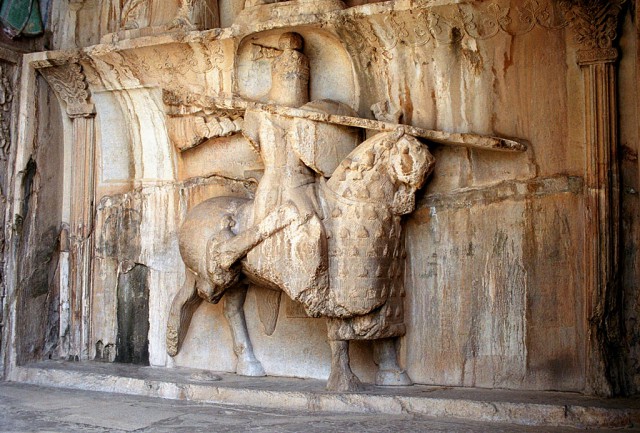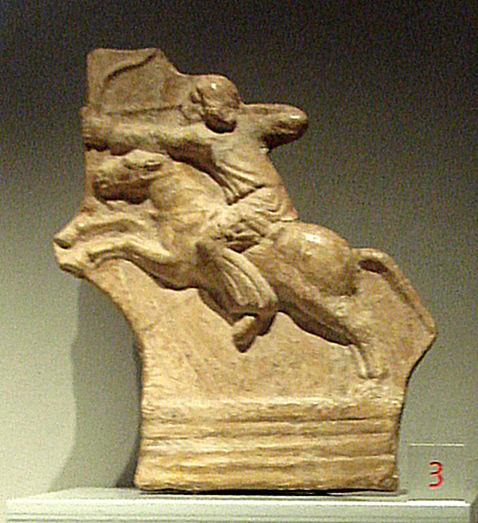Some ancient elite cavalry forces had certain advantages that allowed them to reign supreme on most battlefields. Of course, there are many skilled units left off this list, feel free to mention which cavalry you think is elite in the comments.
Cataphracts

A basic Cataphract would wear mail armor from head to toe with a solid plate helmet, the horse matching with a plate resting along the head and armor skirting down to the knees. Better equipped Cataphracts would have layered scale armor and rudimentary plate armor in addition to mail armor while giving their mount additional plates including possible breast plates.
Perhaps the most polished of the Cataphracts were the Sassanid Persian varieties. In addition to being heavily armored, they were also heavily armed. Many carried a long, heavy lance for impactful charges as well as a sword or more often maces, useful if engaging other heavily armored units.
Some, including Sassanid Cataphracts, carried bows to fire one or two volleys before closing with a charge. If a rider was as skilled as horse archers so that he could steer with no hands, then he might be equipped with a shield or even wield two weapons.
Cataphracts were shock troops who were unique in that they could charge, regroup and charge again, or they could stay and fight after a charge knowing that their heavy armor afforded them protection even when immobile. To counter Cataphracts it often took extremely agile troops resorting to brave attempts to get underneath horses to stab their vulnerable abdomens. Short of achieving that, many forces simply had to run before another charge was organized.
Parthian Horse Archers

The tactics of horse archers were to relentlessly harass an enemy and goad them into a futile pursuit, string them out for a charge or simply exhausting them. They often had minor impacts that caused little harm, but with large contingents and enough ammunition they could almost single-handedly win a battle.
One such occasion was the disastrous Roman defeat at Carrhae. The Roman’s strength was their infantry, but they could do nothing about the scores of Parthian horse archers peppering their formations. Arrows rarely do the amount of damage portrayed in movies that show waves of infantry falling over to a single volley. In reality, it took steady volleys to reduce numbers through deaths and compounding injuries, something that the Parthians could do at Carrhae as they had brought extra supplies of arrows and their archers were able to stay out of range fairly easily.
At Carrhae and in many other battles the Parthians demonstrated the ability to fire behind them while galloping away. This skill shot added yet another volley of arrows to the total, and it turned into a phrase known today as taking a “parting (Parthian) shot.” The Parthians had varying degrees of success, but ultimately gave way to other horse archer units and against heavy infantry with supporting archers and light cavalry, they were much less effective.

Δεν υπάρχουν σχόλια:
Δημοσίευση σχολίου